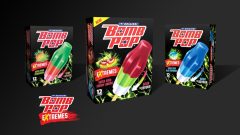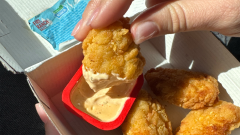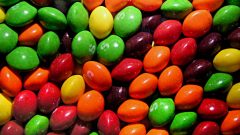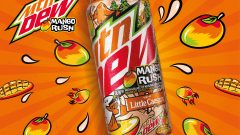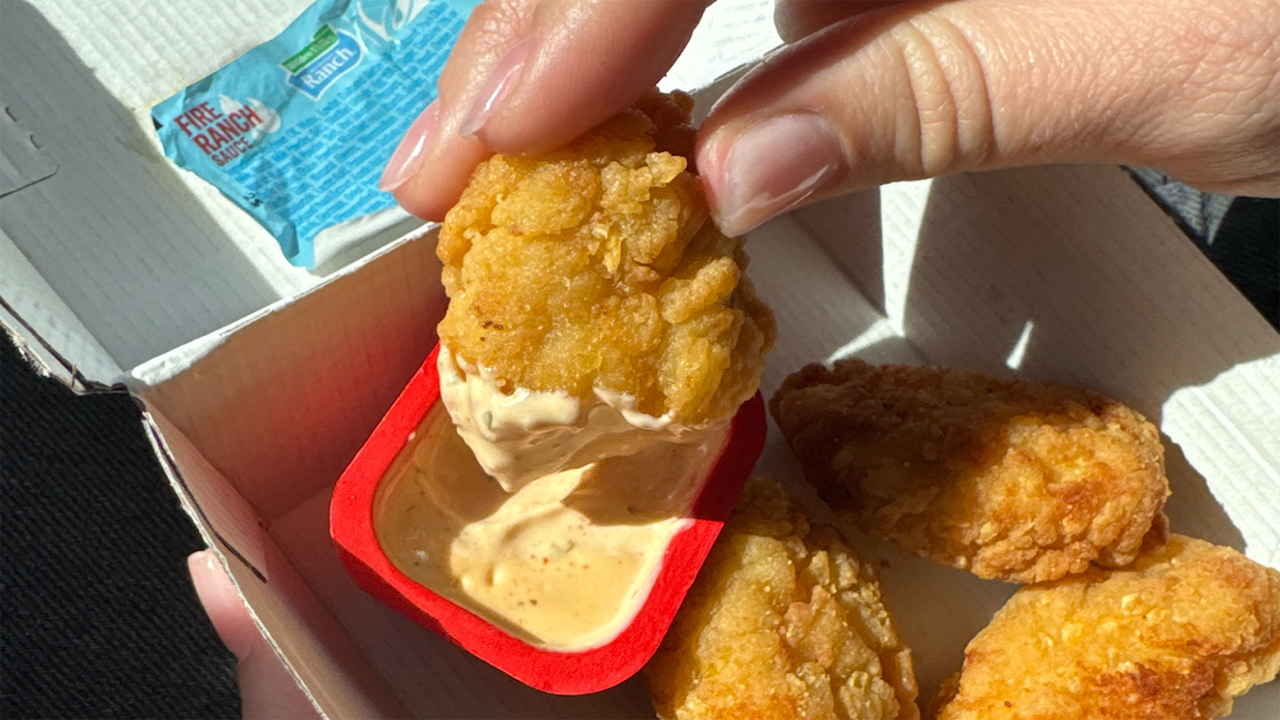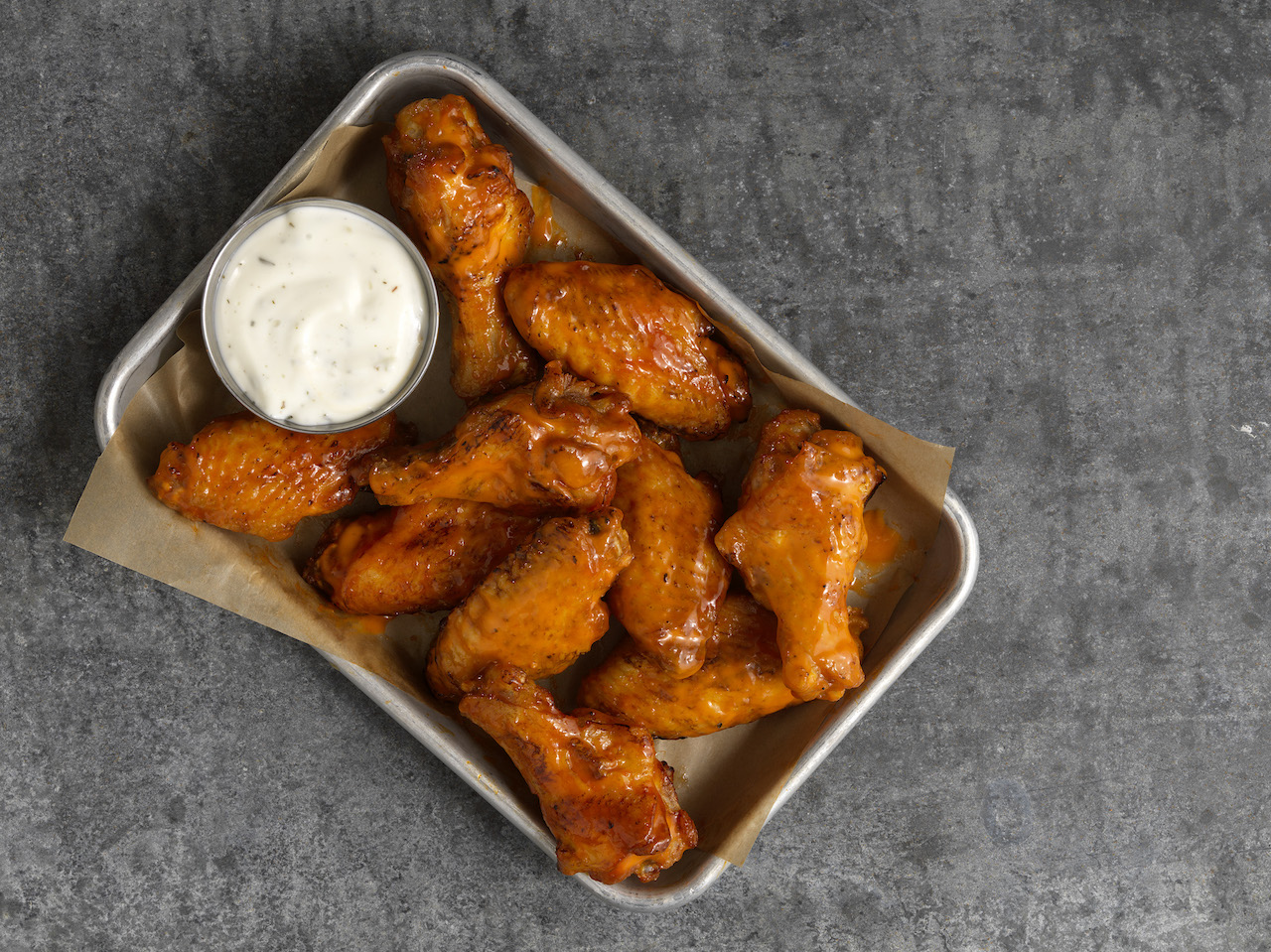This Chef Is Quietly Changing The LA Sushi Scene With His Unusual Techniques
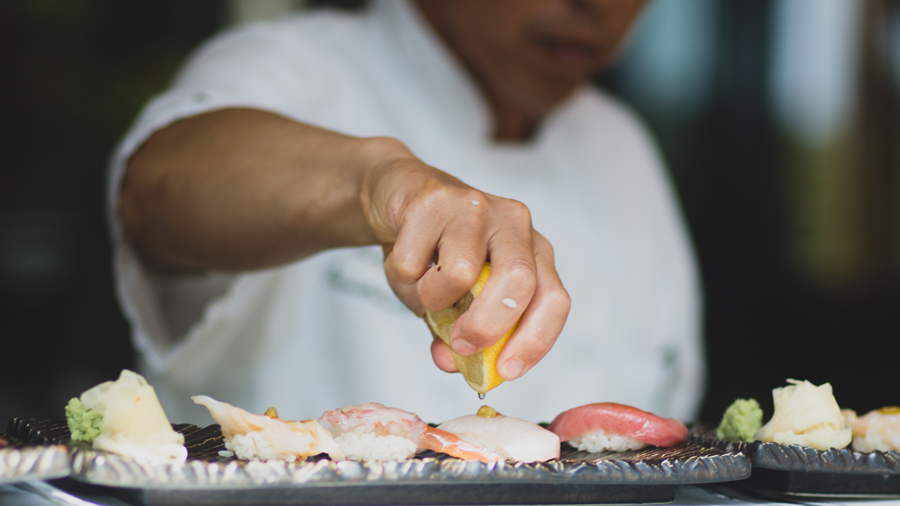
Jiro Kobayashi is a pioneer.
The talented chef at Roku in West Hollywood is best known for taking the traditional Japanese cuisine of sushi and charting a new path with the classic ingredients. His specialty: using fruit to create non-traditional, albeit stunning, sushi dishes.
On a recent food crawl with fellow Foodbeast Reach, we stopped by Roku to get a first-hand look at the master at work.
Upon first glance, Jiro’s sushi station looked no different than any other Japanese restaurant. There were fresh cuts of salmon, tuna, and albacore, and other seafoods on display, ready to utilize at a moment’s notice. However, there were secondary shelves full of fruits and preserves in marked jars directly under the fish – his unlikely tools of the trade.

As he worked, his knife and hands danced around the plate, switching between fruit and protein in a blur of precise and breathtaking motion. When he finally stopped, a veritable Rembrandt sat before him that encompassed the heart of traditional sushi sensibilities with modern execution.
I started experimenting with different techniques and uncommon ingredients, and customers responded positively to it. In Southern California, we have so much great produce, and I wanted to be able to incorporate that into my dishes.

Chef Jiro only took a moment to explain his dish – a decadent seared tuna tataki with figs, almond sauce, goat cheese foam, hearts on fire, and garlic chips – before proceeding on to his next work of art.
As with all sushi chefs, Jiro underwent years of formal training in Japan, working twelve hours a day, six days a week.

His years of training strengthened his resolve to create something beautiful from the craft. Jiro’s menu items are a testament to his skills and attention to detail.
Take this Trio Plate for example. It features a blue crab tartare with uni, a Shigoku oyster topped with Osetra caviar and tosazu (Japanese vinegar) gelee, and a fluke kumquat sashimi.
During my time in Japan, I fell in love with the culture and the beauty, their work ethic and how detail-oriented everything is. It’s so intense, but they just want to be the best at what they do. I think that’s very reflective of the sushi profession as well, and that inspired me to continue on the path to become a sushi chef.

What sets him apart from other sushi chefs is the way he experiments with his ingredients in new, innovative ways, while sticking to the foundation that makes sushi what it is today.
I respect the tradition of sushi making and Japanese cuisine, but I also appreciate that I don’t have to adhere to any strict standards at Roku, where I’m free to experiment with interesting or non-traditional ingredients.

The kitchen is pretty much a playground for this creator:
I can use ingredients from other countries, like jalapeño, burrata, or foie gras, but I can also tie it back to sushi and Japan with ingredients like yuzu or shiso, and end an omakase with a traditional sushi course.

A few dishes in and we were still mesmerized watching him work.
The chef nonchalantly picked up a blowtorch and started searing some scallops right before our eyes. With those same, trigger-happy hands, Jiro gracefully sauced a plate with Kabocha squash purée and delicately adorned it with the scallops, pomegranate seeds, and a nasturtium leaf. War and peace, all within a few deft motions, played out for our palates.

Like a true artist, Jiro’s menu is never the same. The constantly-revolving dishes change with the seasons. Although, patrons can also request traditional sushi dishes, which the Japanese master would be more than happy to make.
You can find the sushi master on Hollywood’s famed Sunset Boulevard. Just make sure to call ahead and he’ll save you some fried amaebi head.




